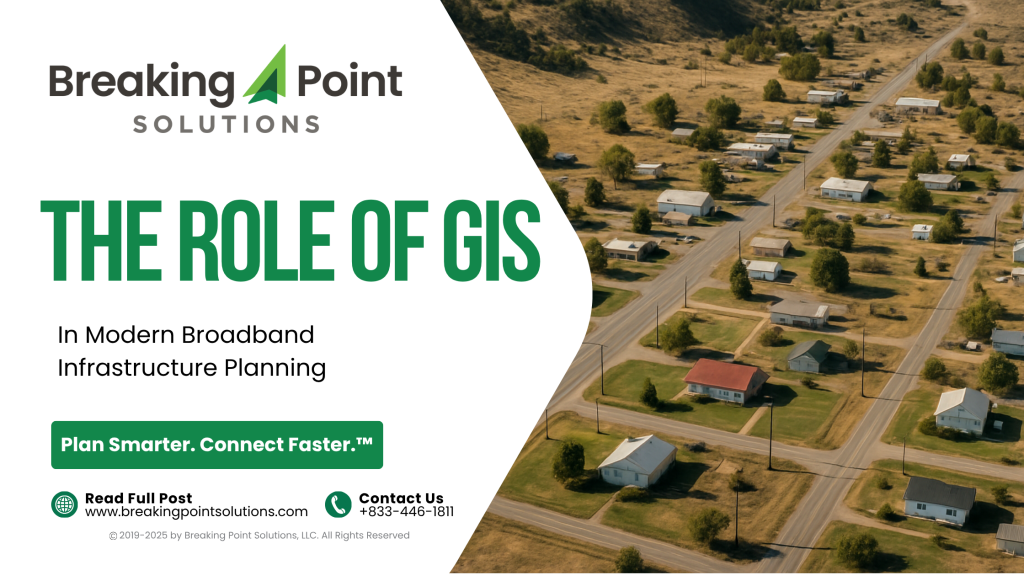
The nationwide push to bridge the digital divide, fueled by historic federal funding, has elevated the importance of smart, strategic broadband infrastructure planning. At the heart of this approach is Geographic Information Systems (GIS). Once a tool for simple mapping, GIS has evolved into an essential platform for comprehensive network analysis and informed decision-making. It’s the difference between guessing where to build and knowing precisely where to invest for maximum impact.
The Problem with a Single Source of Truth
The FCC’s Broadband Serviceable Location (BSL) Fabric is a monumental achievement in national mapping. It provides a highly granular, location-by-location view of broadband access, a level of detail that was unimaginable just a few years ago. However, relying on a single dataset can be a significant issue. As many in the industry know, the broadband space moves at an incredible pace, and data is often outdated the moment it’s published. The FCC data, while a critical starting point, is a static snapshot in a dynamic environment, missing recent network buildouts or failing to reflect the true, real-world speeds experienced by users. A location might be “served” on paper, but if a household is getting speeds far below the advertised rate, they’re still part of the digital divide.
To build a truly accurate and defensible broadband plan, a multi-dataset approach is essential. This is why incorporating various datasets, such as the FCC Fabric data, third-party speed testing, and local survey results is so important. Relying on one dataset doesn’t give you the full picture, but corroborating it with additional data points makes for better planning.
The Power of GIS in Network Design
GIS is transforming broadband infrastructure planning by enabling engineers to simulate routes, analyze terrain, cut costs, and save time before construction begins.
- Optimal Routing and Cost Analysis: GIS can analyze terrain, existing utility poles, rights-of-way, and other physical barriers to determine the most efficient and cost-effective fiber routes. By modeling different scenarios, planners can minimize trenching or pole attachment costs, which can significantly reduce a project’s budget. Case studies from challenging rural regions show how GIS can be instrumental in navigating difficult terrain to identify feasible and low-cost pathways for fiber-optic cable or fixed wireless solutions.
- Infrastructure Synergy: Modern GIS platforms can integrate with a variety of other data sources, including data on utility corridors, roads, and other existing infrastructure. This allows communities to find opportunities to co-locate new fiber with existing assets, which drastically reduces deployment time and costs.
- Capacity Planning: Beyond just physical routes, GIS can help model and forecast network capacity. By layering population density data and demographic information, planners can project future demand and design a network that is scalable and “future-proof,” avoiding costly upgrades down the line.
How Data Drives Smart Planning 📊
The journey to universal broadband is complex and multi-faceted. It’s no longer just about creating connectivity; it’s about building a foundation for a digitally inclusive society. By embracing a data-driven approach, we can move with precision, purpose, and a promise that the benefits of a connected world will truly be for everyone.
This is why powerful, purpose-built platforms are so critical. OptiMap® is designed to do exactly this. It’s a next-generation GIS planning tool that goes beyond traditional mapping. By leveraging a comprehensive and dynamic GIS solution, communities can move past the limitations of traditional systems.
